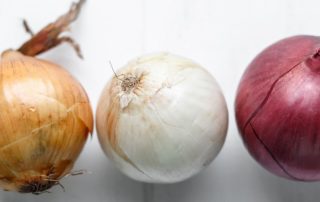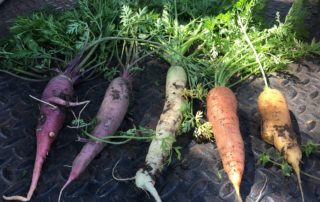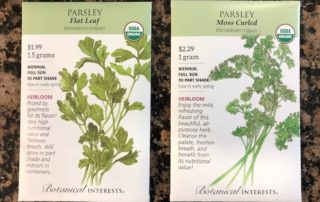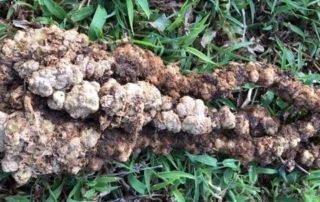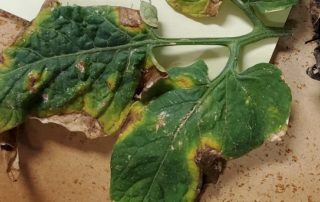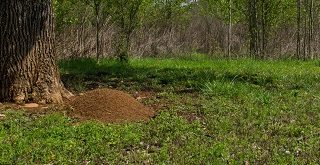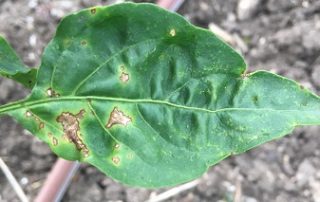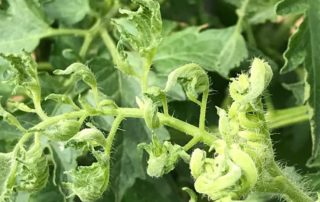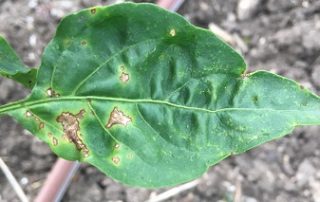Onion Varieties for Central Texas
Short Day Onion Varieties for Central Texas: “Short-day” onion varieties quit forming leaves and begin forming bulbs when the day length reaches 10-12 hours, and are best for Southern Gardens. The following varieties have proven to be the best for Central Texas. 1015Y: This globe-shaped onion up to 6” wide is named after the ideal date the seed is planted (October 15). The off-white flesh is sweet and great for cooking, salads, etc. It takes about 115 days from planting to harvest. Storage potential is 2-3 months. Photo [...]

